Product-led user engagement (what B2Bs are learning from B2Cs)
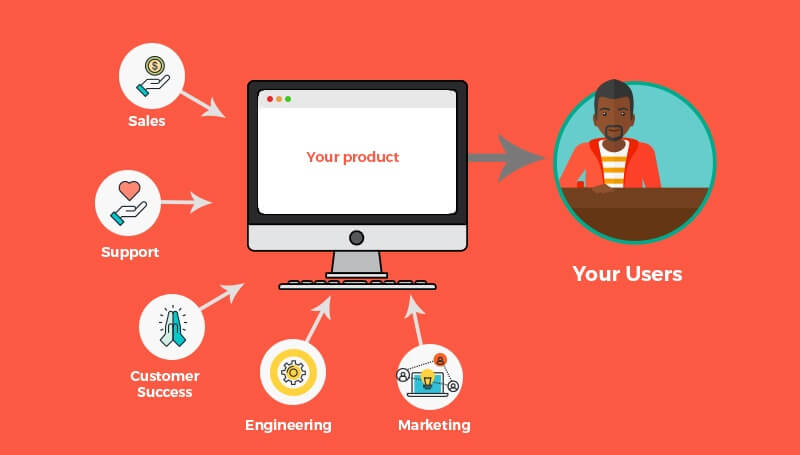
.png)

.png)
Consumer companies scale to millions of users by getting people hooked on the product. Some favorites—products like Facebook and Snapchat—build features into their product that help users do more and keep coming back. For a long time, it's been harder for B2B companies to grow usage in the same way that viral consumer apps do.
Instead, these companies have relied on team members, like sales representatives and customer support, to engage customers. And at the beginning, when there are few customers, these things work really well. But eventually, as a B2B company gains more customers, they have to find a way to scale team members' work.
There's a rise of B2B companies who are doing this by building the engagement into the product itself. These product-led companies sell to other businesses but take cues from companies like Facebook and Snapchat to create sales models, products, and user experiences that drive customers to use the product more.
It's a B2C2B model that's quickly gaining popularity, where businesses win the hearts of the individual users within the organizations they're selling to. Since these individual users are so accustomed to using consumer apps every day, they expect really engaging experiences from all of the products they use.
If a company can't deliver, there are many other business tools that users can try. In a crowded market, it's impossible to stay competitive if you can't engage users.Innovative and fast-scaling companies like Trello, Airtable, and Digital Ocean have already started adopting a “product-led mindset” and driving growth based on how users are engaging with their products. This involves three major tenets:
Here's how companies can create truly sticky experiences and start scaling fast by finding ways to consumerize their business products.
Traditionally, the B2B vs B2C selling processes have looked very different. While B2C companies have always had to target the user right away, companies selling to other businesses used to start at the executive level. When B2B companies first started selling SaaS products, the “top-down” sale required a multi-step, back-and-forth conversation:
For example, when the inbound marketing service HubSpot first started acquiring customers in 2006, they used a high-touch sales method.
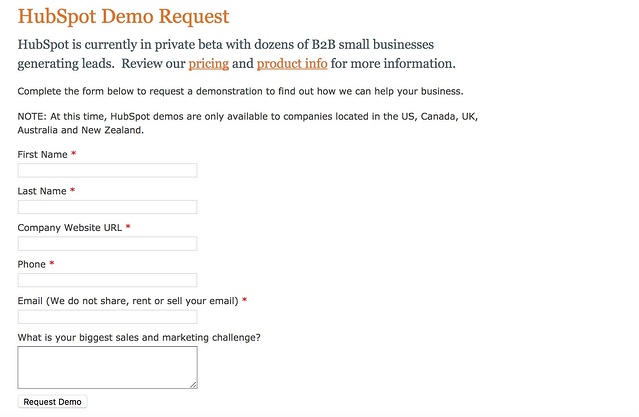
For companies that sold products that team members will be working in every day, there was a big disconnect between the software company and the end-users who were actually using the software. This could become a problem as they tried to scale for two main reasons:
Consumer companies avoid these problems by putting the product directly in the users' hands. Users can download an app right from the App Store or set up their product account directly on a website. Consumers have immediate access.
Now product-led B2B companies have to build relationships directly with users, too. People have more software tools to choose from at work, and they're already used to tools like Google Docs and Dropbox. They're not getting their work tools prescribed to them from above, so they need to decide what products to use from their own experiences.
One of the best ways that companies spotlight their product and sell to the end-user is by offering self-serve or freemium models. Take Trello's model, for example. They get users to start interacting with the product right away by offering a free plan.
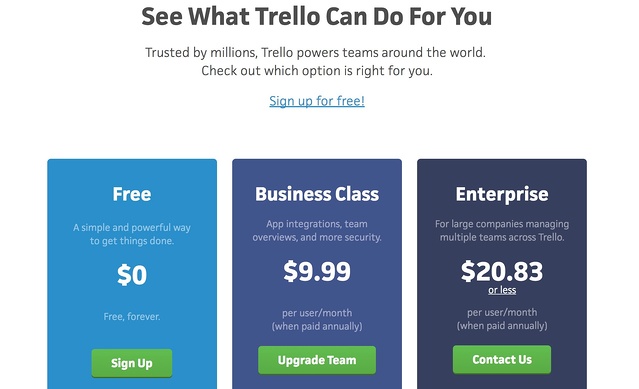
Trello's product is designed to be an organizational and productivity tool that users will constantly be working in all day, every day. It's imperative that the people who will be using it understand for themselves how helpful the tool will be in their specific workflow. A freemium offering, or even a free trial makes it easy for users to see that.
Ultimately a bottom-up, self-serve model can help product-led companies scale logistically and strategically. Creating a system that allows users to engage with the product themselves doesn't require extra effort on the part of your team, which makes scaling easy. It also helps you to get buy-in from the actual users before they start using the product. In the long term, this allows you to strengthen brand image and reduce customer churn.
The traditional way for B2B companies to communicate with customers involves a lot of troubleshooting. The customer doesn't know which plan to choose, so they contact your sales person and you respond. They don't know how to use a certain feature, so they contact your support rep and you respond. They call, you answer.
At the beginning, this is great. It's a really hands-on way to make sure that every single customer has a great experience and gets the most out of your product. But as you grow and gain more customers and this level of hands-on, human support isn't feasible, you need to find a more scalable way to provide a great experience to everyone.
Consumer products can't rely on support teams to provide help to all of their users, so they have to find more creative ways to communicate.
Instead, they build helpful features into the product to help users proactively, rather than retroactively. In the case of Apple Music, that means a user onboarding sequence that helps customers set up uniquely tailored playlists from the very first time they open the app.

Consumer apps like Apple Music have to do this right away, or the user will lose interest and won't stick around to figure it out for themselves.
Proactive help is especially important for the people who use business tools, because they're looking to complete a specific task as quickly and easily as possible. A lot of B2B companies offer user onboarding, but what sets certain, especially sticky products apart is when they make their tooltips accessible without detracting from the user's own experience within the product.
Airtable, a relational database, does a great job with this.
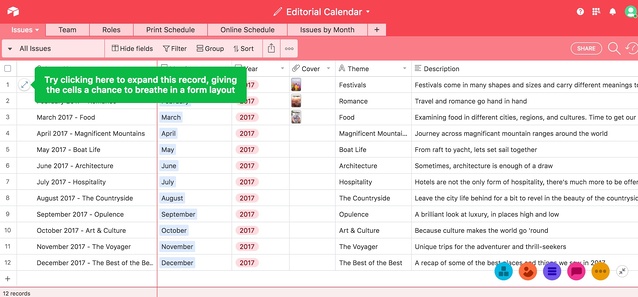
Their tooltips appear in context as users spend more time in the product.

These provide the right level of proactive help for a product-led experience:
Tooltips like Airtable's provide preemptive help, but don't get in the user's way or walk them through a needlessly long onboarding flow that makes them a passive observer. They keep the most important thing at the forefront: helping the user as they engage with the product themselves.
For companies that sell an SMB solution, target the developer community, or simply want to deepen user engagement, there's huge opportunity to scale by growing existing customers' usage.Consumer companies do this all the time. They gamify their products so that the user is encouraged to get to the next checkpoint, unlock the next level, or reach a personal goal.
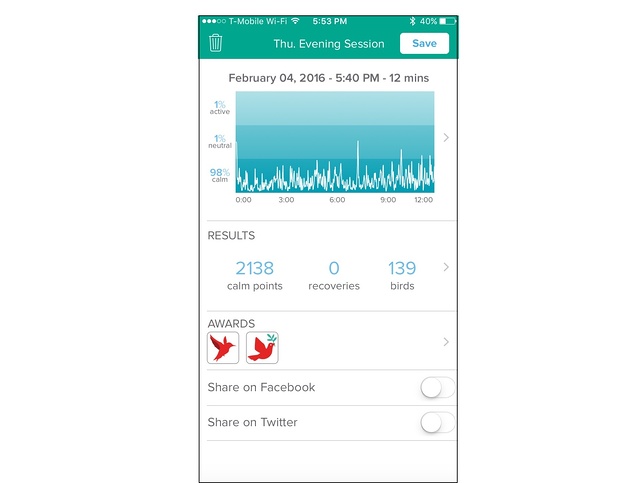
For example, the meditation app Muse gives users “calm points” and awards for reaching meditation goals and shows them their usage metrics in a dashboard that looks like a game screen. Existing users are encouraged to use the product more to earn more points and more awards.
This can work really well for business customers, too. The key is recognizing what actions make users want to stick around, and then helping users complete those actions more and more. Luckily, most B2B companies are already collecting a ton of data on their users' behavior. The next step is to dig into that data understand what can possibly drive higher usage, and create a scalable way to encourage more use.
At Digital Ocean, Emmanuelle Skala has pioneered a process to make this possible. The company achieved incredible organic growth all from their self-serve model, acquiring over 500,000 customers without a sales team. When Emmanuelle was hired to be the VP of Sales and Customer Success, she wanted to grow by tapping into the community that they'd already built and creating a scalable process for driving more usage:
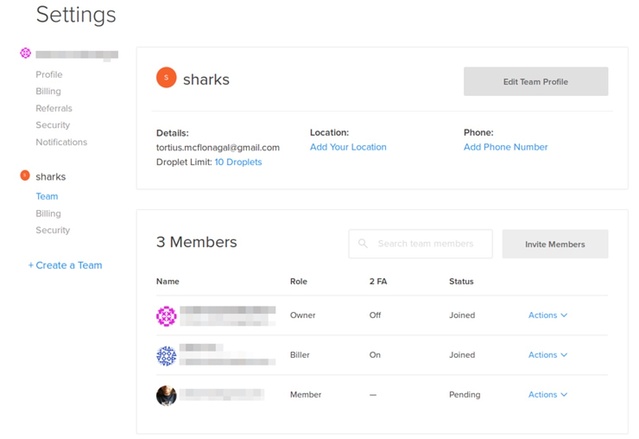
The data indicated that the outreach made a huge difference in driving up-sells among users who received outreach and responded to it (A Group), customers who received outreach and didn't respond (B Group), and the control group that didn't receive outreach.

This kind of process helps B2B companies take advantage of their existing customer base to scale, which is more sustainable than relying solely on customer acquisition as a vehicle for growth. Identifying in-product behavioral triggers and automating responses makes it really easy to provide relevant help to an expanding customer base, at scale.
A verbal sales pitch or snappy copy isn't enough to scale a successful B2B company. Your product itself has to be actively engaging your users. When users can get in a product and start seeing how useful it is for themselves, you don't need to spend as much on sales and marketing. Your margins increase and your cost of goods goes down. You create product evangelists that can push growth through word-of-mouth, in the same way that consumers create viral spread of consumer products.
And as more and more B2B companies adopt this mentality, metrics of success shift. Instead of measuring success through annual revenue, companies win investors' hearts and catch media attention based on how much people actually use their products.
If your product isn't a strong sales pitch on its own, you're not going to have any ground to stand on when your company tries to scale. But when you build something that people love to use, and make it really easy for them to use it, that's when you can get users really excited about your product and start to hit the accelerator.